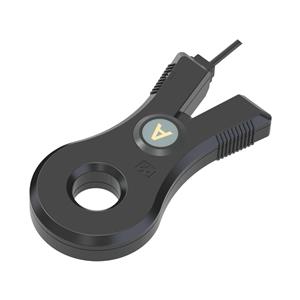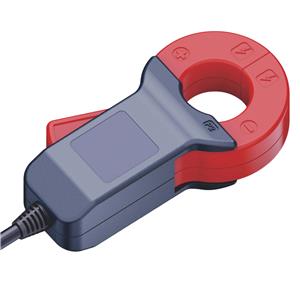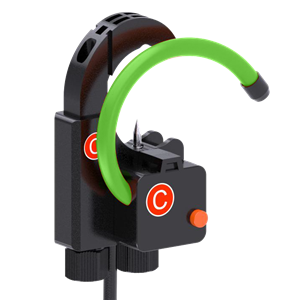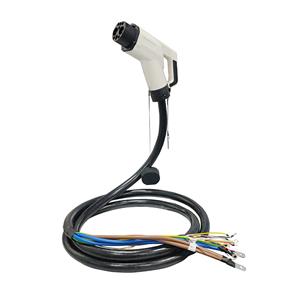-
1712-2022
Relays control how relays form self-locking interlocking circuits
Self-locking and interlocking are achieved by auxiliary contacts of relays. First of all, you need to understand what is called self-locking and what is called interlocking. Self-locking is to short off the button switch of the contactor coil loop with your own contacts, and make the coil loop open continuously after the button switch is released, which is self-locking.
-
2010-2022
Three Phase Magnetic Latching Relay
3 groups of 120A contact switching capability Contact on-off detection auxiliary switch can be provided Coil control single and double coil optional
-
1810-2022
The magnetic latching relay has the following precautions in use
Please apply a suitable voltage to the coil according to the coil polarity specified in the manual, otherwise the operating voltage of the relay will increase or even not operate; it needs to be changed When driving the polarity, please use the "-R" type relay.
-
1603-2022
Magnetic Latching Relay
Latching refers to "self-locking", which means that after the relay is energized, its state is automatically locked and the circuit is kept connected. Even if the control current is disconnected at this time, its state will not be changed. That is to say, when the power is energized and absorbed, the control current is disconnected, and it remains on until the unlock button is pressed.
-
1901-2022
The working principle and characteristics of magnetic latching relay
Magnetic latching relay is a new type of relay developed in recent years, and it is also an automatic switch. Like other electromagnetic relays, it automatically switches on and off the circuit.




